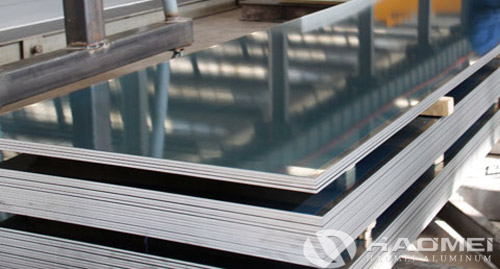6061 aluminum vs 5052 aluminum, these two specifications of aluminum alloy are similar in chemical composition and processing technology, but there are some differences. Today, Haomei Aluminum will tell you about it. The relevant content and information about the difference between 5052 aluminum and 6061 aluminum, I hope it can help you to under these two grades of aluminum alloy better.

1, Differences in the production of raw materials:
The main alloying elements in 6061 aluminum alloy are magnesium and silicon, which have medium strength, good corrosion resistance, weldability, and good oxidation effect.
2, Differences in the production process:
The difference between 5052 aluminum plate and 6061 aluminum plate stems from chemical composition and heat treatment process, and ends in performance and use.
3, The 6061 aluminum vs 5052 aluminum in performance:
Aluminum 6061 has excellent processing performance, good corrosion resistance, high toughness, no deformation after processing, easy coloring, and excellent oxidation effect.
4, Quality difference:
5052 aluminum plate is Al-Mg series anti-rust aluminum. Compared with 3A21, 5052 has higher strength, especially higher fatigue strength; similar to 3A21, it has high plasticity and corrosion resistance; heat treatment cannot be strengthened, and contact welding and hydrogen Atomic welding has good weldability, and there is a tendency to crystallize cracks during argon arc welding; the alloy has good machinability in cold work hardening and semi-cold work hardening, but poor machinability in annealed state and can be polished.
5, Functional difference of 6061 aluminum vs 5052 aluminum:
Aluminum 6061 has excellent processing performance, good corrosion resistance, high toughness, no deformation after processing, easy coloring, and excellent oxidation effect.